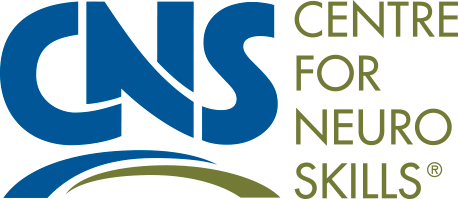Humans are endowed with the ability to communicate using language skills that develop in a spoken form, a listening form, a written form, and a gestural form. In most instances, people communicate with each other using a combination of these forms. Many people learn to use more than one language, while some learn several languages.
When a person experiences a stroke or an injury to the brain, the areas of the brain that enable us to speak, listen and understand, repeat words, phrases or sentences, and write and/or read can be damaged. Though related to one another, each of these skills is generally located in different areas of the brain. As a result, when the brain is injured, the effect on the ability to communicate is most likely to be largely restricted to one ability. For example, a common form of aphasia affects the ability to speak, that is, to use expressive language skills. Another type often seen affects the ability to understand what is said to a person, to use receptive language skills.
Eight types of aphasia have been identified. Of these, Broca’s (expressive) and Wernicke’s (receptive) aphasias are more commonly diagnosed. Several of the other types of aphasia share some similarities with these two, though they differ slightly, enabling finer discrimination. A person who has learned more than one language may have better skills in one language than another after the onset of aphasia, and their recovery may follow a similar pattern.
Primary progressive aphasia is the most difficult and persistent aphasia related to other underlying disease processes in the brain. This type of aphasia is most often permanent and worsens progressively over time in concert with the progression of underlying disease.
Diagnosis of aphasia is often made by a physician or by a speech-language pathologist. These two professionals work closely together to make a diagnosis and establish a treatment plan. Treatment for most aphasias consists of speech-language therapy. This long-standing therapy has been shown to be effective in improving a person’s language abilities and developing compensatory ways to communicate. Some evidence exists for the use of certain medications in tandem with speech-language therapy to enhance the rate and extent of recovery. Therapeutic treatment is best when initiated early, is of sufficient intensity and frequency, and allowed to continue across several months, if needed.
One can expect some spontaneous recovery early after an injury to the brain; however, the extent of the recovery is hard to predict and varies due to several factors such as age, coexisting conditions, the extent and nature of the injury to the brain, and access to therapy. Therapy can include home therapeutic exercises for the person to complete with the help of a family member to increase the exposure to treatment.
Aphasia can be quite frustrating to the person with the condition and those with whom they wish to communicate. Communication is central to the human condition, and aphasia can bring about frustration, depression, anxiety, and isolation. The inability to communicate about one’s health, psychological well-being, and safety matters can seriously impact the person with the condition or people in their environment.
Unfortunately, people with aphasia cannot always receive the necessary therapy needed to achieve their best outcome due to financial constraints or the availability of a speech-language pathologist. Organizations such as the American Stroke Association and the Brain Injury Association of America work to advocate for people with aphasia.
Finally, an excellent resource can be found in the American Speech-Language-Hearing Association.


Leave a Reply